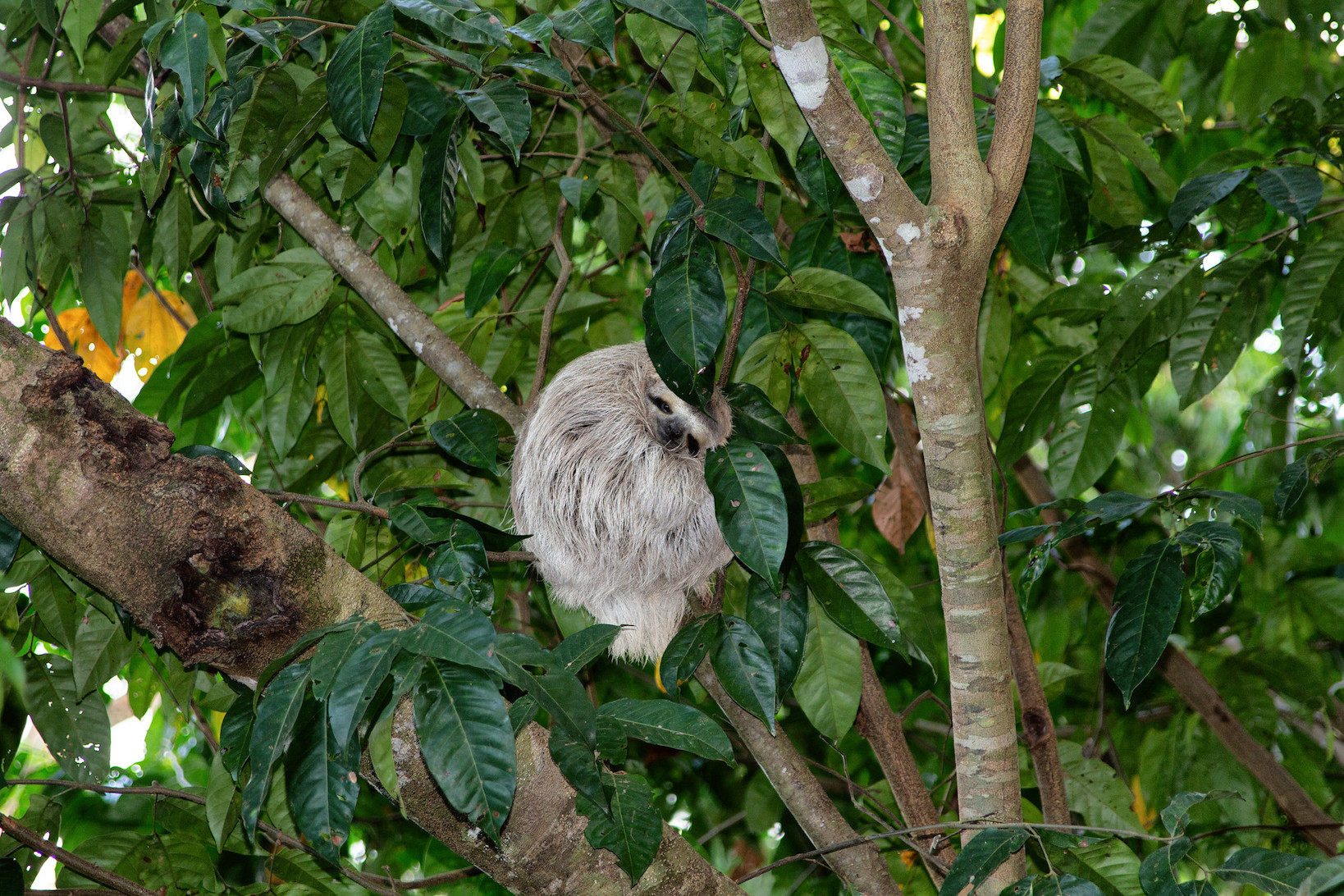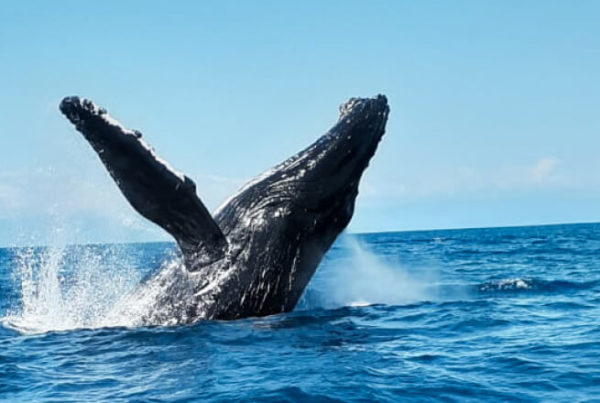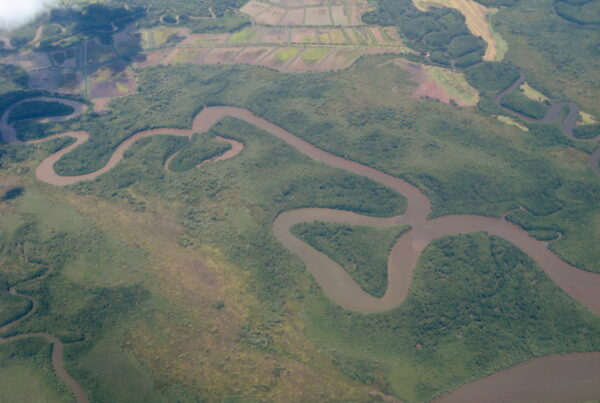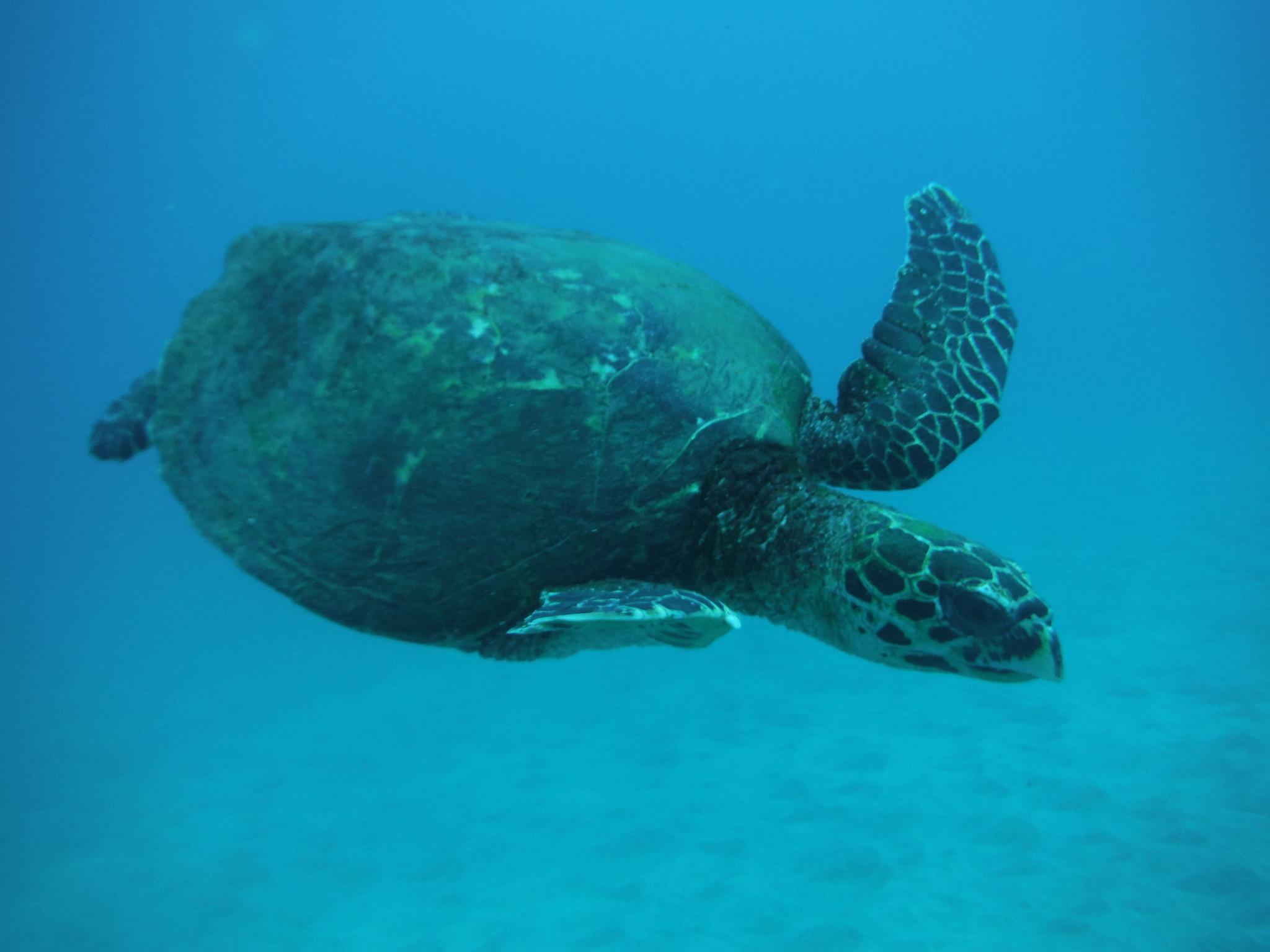
Out here at Casa Roja, tucked away where the Sierpe River meets the Pacific, we like to think of ourselves as far off the beaten path. But even in such a remote and quiet place, the jungle has few secrets from its own locals. Along our rugged coastline, sea turtles sometimes come ashore to nest in the dark of night, continuing a cycle of life that has played out for millions of years.
Southern Costa Rica is home to several sea turtle species, including the olive ridley, green turtle, hawksbill, and occasionally even the massive leatherback. These ancient mariners travel thousands of miles across open ocean, following invisible migration routes that bring them back to the very beaches where they themselves once hatched. It can take 10 to 20 years before a young turtle returns to nest for the first time, a patient journey through vast ocean currents and a lifetime of survival against long odds.
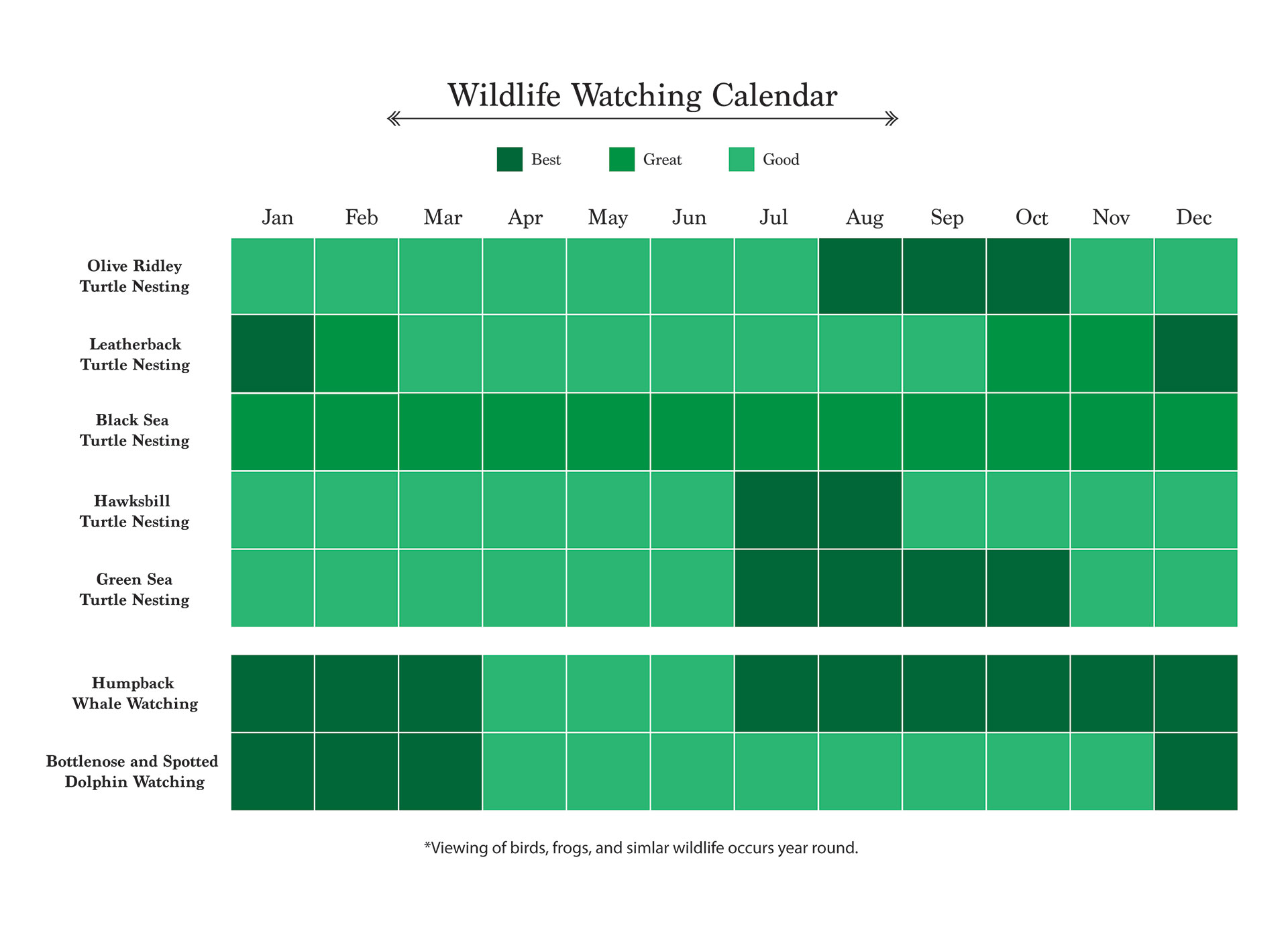
Spawning season depends on the species, but for our area, the best chance to witness nesting is during the rainy season, from about July through November. Turtles generally prefer high tides under the cover of night, using their strong flippers to crawl ashore and carefully bury dozens of eggs beneath the sand. These eggs, once a staple in local diets and considered a delicacy for both their flavor and supposed fertility-boosting properties, are now protected by law — but old habits die hard. While we keep the locations of nests a well-guarded secret, jungle locals know the beaches as well as the turtles do.
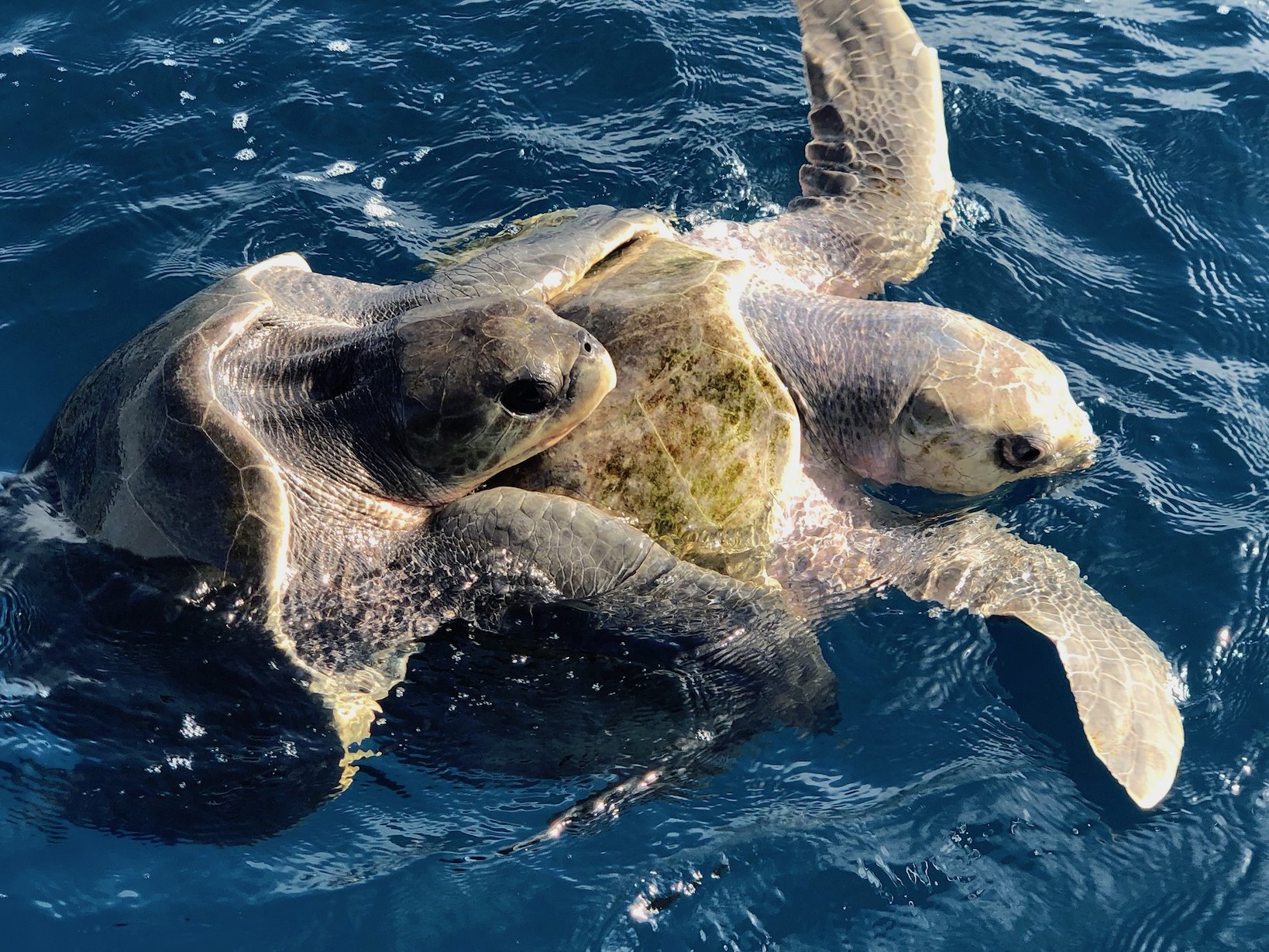
Sea turtles feed on a variety of ocean fare: jellyfish, sea grasses, algae, and crustaceans, depending on the species. Sadly, their menu has been increasingly polluted with plastic, mistaking floating debris for food. Add to that the global threats of poaching, habitat loss, fishing bycatch, and climate change, and it’s no wonder these creatures are under pressure.
Here at Casa Roja, we believe in quiet stewardship. If you’re lucky enough to spot a turtle nesting, watch respectfully from a distance and never use lights that might disorient the animals. Support local conservation efforts, and resist the temptation to share nesting locations, even in good faith — secrecy is part of their survival strategy.
The magic of the sea turtle lies in this mystery, the fact that despite all the challenges they face, they still return to these hidden corners of the world. And for those of us lucky enough to call this place home, or even visit, their quiet determination is a humbling reminder of the natural wonders that surround us.


